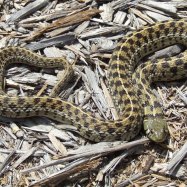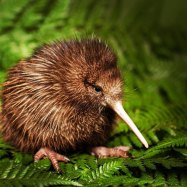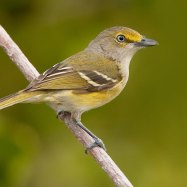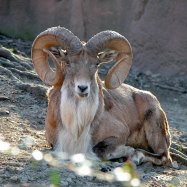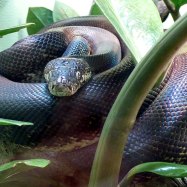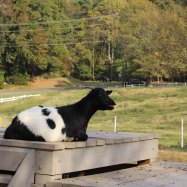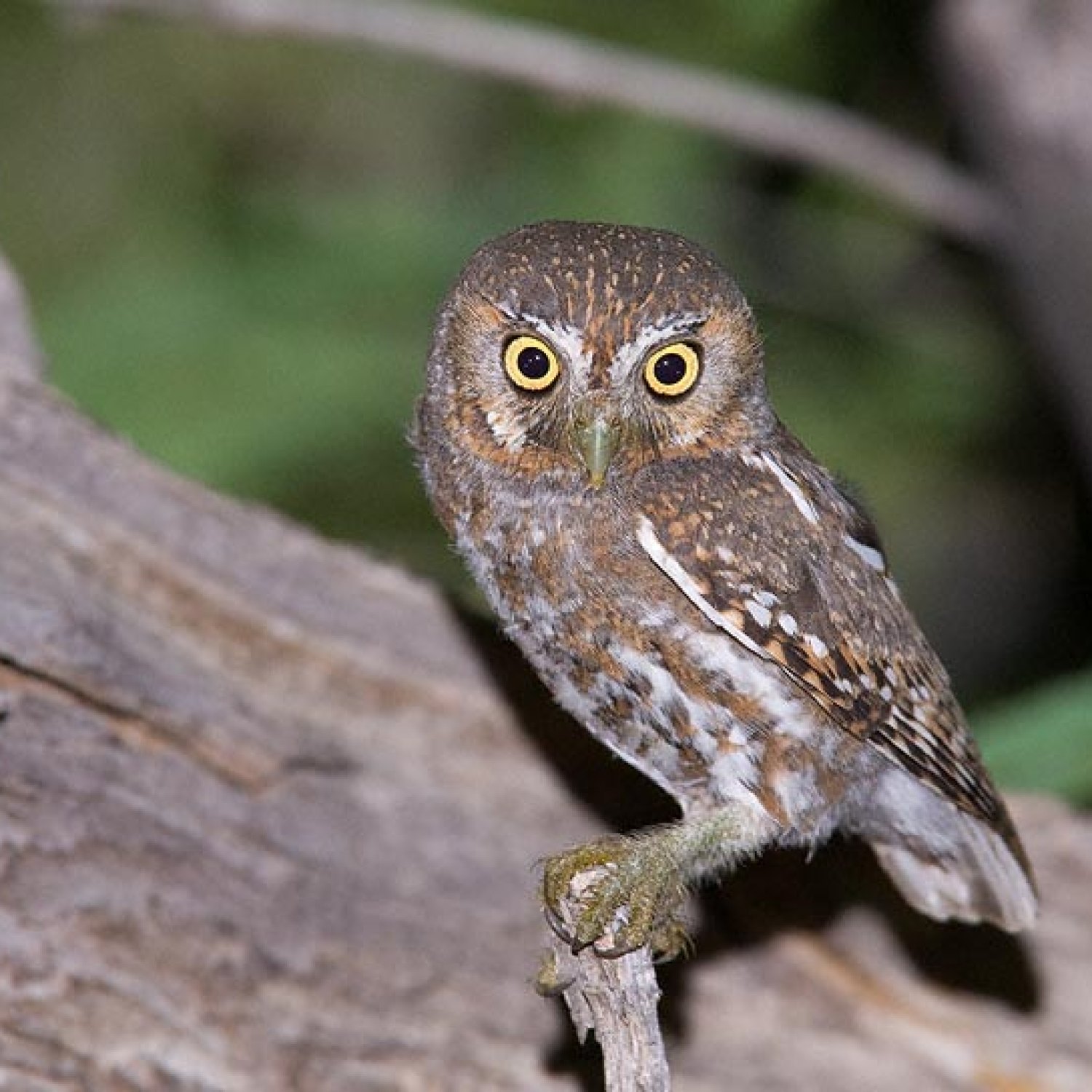
Elf Owl
13-16 cm
The Elf Owl, found in North and Central America, is a small, compact bird measuring 13-16 cm in length. Belonging to the Strigidae family, it is the smallest owl in the world. Its distinctive round head and large eyes make it a popular sight for birdwatchers. Add it to your list of must-see animals! #ElfOwl #NorthAmerica #CentralAmerica #Strigidae #birdwatching
Animal Details Summary:
Common Name: Elf Owl
Kingdom: Animalia
Habitat: Desert scrub, woodlands, and deciduous forests
The Most Remarkable Tiny Hunter: The Elf Owl
Nature never ceases to amaze us with its incredible diversity of creatures, big or small. Among these wonders, are the tiniest nocturnal predators known to the avian world – the Elf Owls (Micrathene whitneyi). Despite their small size, these birds of prey have amazing features and behavior that make them stand out from all other owl species. Join me as we explore the fascinating world of the Elf Owls Elf Owl.Native to the southwestern United States and Mexico, the Elf Owls are the smallest owl species in North and Central America. They are also commonly known as the 'elfin' owls due to their small and compact body shape. These cute little creatures belong to the Animalia Kingdom, Phylum Chordata, and Class Aves. They are members of the Strigiformes order and Strigidae family, making them closely related to other owl species such as the Barn Owl and Great Horned Owl.
The Perfect Habitat for the Elf Owls
Elf Owls have a wide geographical distribution, mainly found in the southern and central regions of North America. These tiny birds inhabit a variety of habitats, from desert scrub and woodlands to deciduous forests. In the United States, they can be spotted in Texas, Arizona, and New Mexico, while in Mexico, they are mostly found in the states of Baja California, Sonora, and Chihuahua. These birds are also known to migrate, but their exact migratory patterns are not well understood.
"The warmth of the sun and the light of the moon – the perfect combination for the Elf Owls Emperor Angelfish."
One notable feature of the Elf Owls is their unique feeding method. They are carnivorous birds and mostly feed on insects, spiders, and scorpions. Despite their small size, they are skilled hunters, using their excellent eyesight and hearing to catch their prey. They have been observed swooping down from their perch to grab insects and spiders off the ground while in flight. Their hunting techniques are so efficient that it is estimated that they can eat up to 1800 insects in a single night!
A Closer Look at the Elf Owls Features
Elf Owls are not just known for their diminutive size but their mottled gray and brown feathers give them excellent camouflage in their natural habitat. This helps them blend in with the tree trunks and branches where they usually roost during the day. Their feathers are also soft and fluffy, allowing them to glide silently through the air without being detected by their prey.
At an average length of just 13-16cm and weighing between 31-72g, the Elf Owls are one of the smallest owl species in the world. They have a unique body shape that sets them apart from other owl species. Their head is relatively large, with bright yellow eyes and a small, hooked beak. Their wings are rounded, and their tail is short, adding to their adorable appearance.
Surviving as a Tiny Hunter
As predators, Elf Owls also have predators of their own. They are at risk of being hunted by larger birds of prey and even mammalian predators such as weasels and squirrels. But these small birds have developed survival techniques to avoid becoming a meal. One tactic is to stay hidden during the day in their tree cavities or cacti holes. They are also very agile and quick, able to change directions swiftly in flight to avoid being caught by predators.
Furthermore, these birds are known for their remarkable ability to adapt to different environments. Their small size allows them to thrive in various habitats, from hot and dry desert areas to more temperate woodlands. They are also able to adjust their feeding behavior based on the availability of prey in different seasons, ensuring their survival even in times of scarcity.
The bond between Elf Owls
Elf Owls are not just remarkable creatures because of their size and hunting abilities; they also have an impressive family structure. These birds form monogamous pairs that stay together for life. They have a strong, unbreakable bond that is evident in their synchronized behavior. For example, these birds often share hunting duties, with the males usually hunting during the first half of the night while the females take over during the second half. This is beneficial for the pair as it allows them to maximize their hunting time.
Another interesting behavior of the Elf Owls is their unique nesting habits. These birds are cavity nesters, meaning they build their nests inside tree cavities, cacti holes, or even abandoned woodpecker holes. The females take charge of building the nest, using materials such as twigs, feathers, and grass to create a warm and comfortable nest for their eggs. The males, on the other hand, are responsible for defending the nest and their territory.
Conservation Efforts for the Elf Owls
The Elf Owls are not currently listed as endangered or threatened species. However, like many other bird species, they are facing several threats to their survival. Habitat destruction and fragmentation are the primary threats to these birds. The rapid urbanization and agriculture in their native regions have significantly reduced their available habitat, forcing them into more isolated and smaller areas.
Fortunately, organizations such as the Nature Conservancy and the Wildlife Habitat Council are working towards protecting the habitats of the Elf Owls. These efforts include preserving their natural habitat, creating artificial nesting sites, and educating the public on the importance of conservation. By doing so, we can help ensure that these magnificent tiny hunters continue to thrive in the wild for generations to come.
Conclusion
In conclusion, the Elf Owls may be small in size, but they are truly remarkable creatures. Their unique features, behavior, and adaptability to different environments make them stand out among other owl species. These birds are not just cute and adorable; they are also important predators in their ecosystem, playing a crucial role in keeping insect and spider populations in check.
Next time you are in the southwestern United States or Mexico, keep an eye out for these tiny hunters. If you are lucky enough to spot one, take a moment to appreciate their beauty and the fascinating world they inhabit. We must do our part to protect these magnificent birds and their habitats to ensure that their future remains secure.

Elf Owl
Animal Details Elf Owl - Scientific Name: Micrathene whitneyi
- Category: Animals E
- Scientific Name: Micrathene whitneyi
- Common Name: Elf Owl
- Kingdom: Animalia
- Phylum: Chordata
- Class: Aves
- Order: Strigiformes
- Family: Strigidae
- Habitat: Desert scrub, woodlands, and deciduous forests
- Feeding Method: Carnivorous
- Geographical Distribution: Southwestern United States and Mexico
- Country of Origin: United States and Mexico
- Location: North and Central America
- Animal Coloration: Mottled gray and brown
- Body Shape: Small and compact
- Length: 13-16 cm
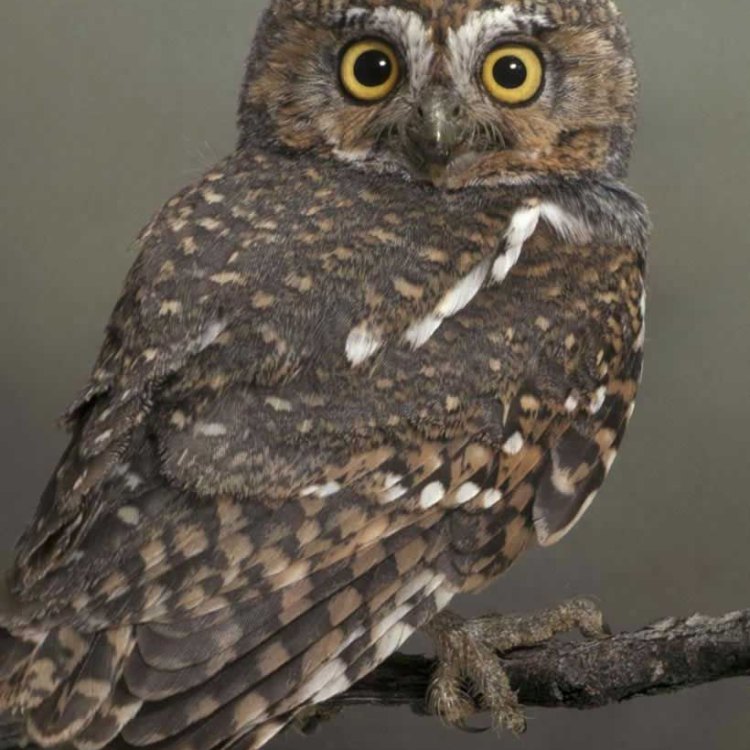
Elf Owl
- Adult Size: Small
- Average Lifespan: 4-6 years
- Reproduction: Monogamous
- Reproductive Behavior: Nest in tree cavities or cacti, lay 2-4 eggs
- Sound or Call: Distinctive elf-like 'toot-toot-toot'
- Migration Pattern: Non-migratory
- Social Groups: Solitary or live in small groups
- Behavior: Nocturnal and secretive
- Threats: Habitat loss and degradation
- Conservation Status: Least Concern
- Impact on Ecosystem: Plays a role in controlling rodent populations
- Human Use: Tourism and birdwatching
- Distinctive Features: Large yellow eyes and short tail
- Interesting Facts: The smallest owl species in North and Central America
- Predator: Great Horned Owls and snakes
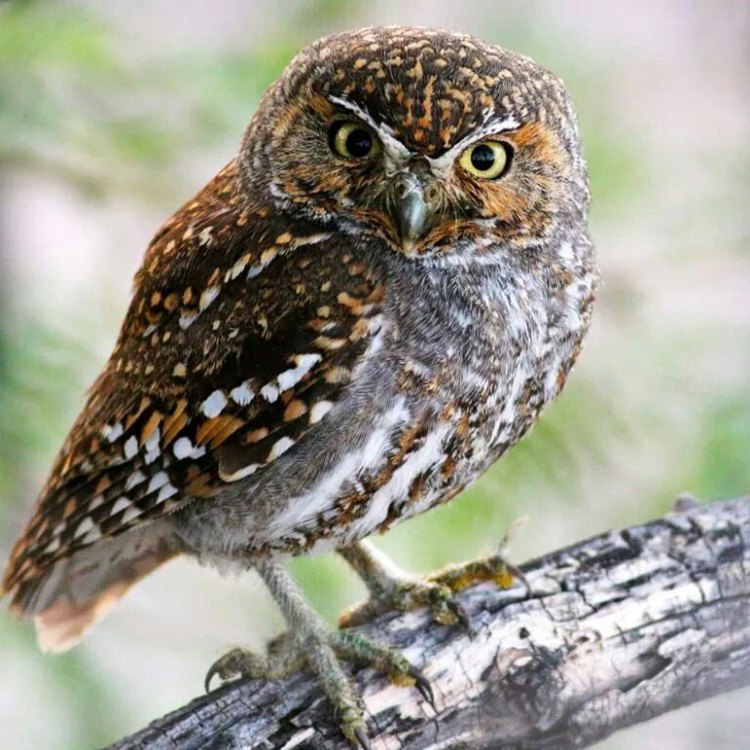
Micrathene whitneyi
The Natural Beauty of the Elf Owl: North America's Smallest Owl Species
In the vast and diverse world of birds, the owl is one of the most fascinating and mesmerizing creatures. With their majestic flight, silent hunting skills, and distinctive hooting, owls have captured the imagination of humans for centuries. Among the numerous species of owls, one stands out for its unique features and intriguing behaviors - the Elf Owl (Micrathene whitneyi).Measuring only five and a half inches in height, the Elf Owl is the smallest owl species in North and Central America PeaceOfAnimals.Com. Its small size makes it easy to miss, but once spotted, its distinctive features and captivating behaviors are hard to overlook.
Adult Elf Owls are on the smaller side, with a wingspan of only 13 inches and weighing around one and a half ounces. They have a round head, large yellow eyes, and a short tail, giving them a “cute and cuddly” appearance. However, don't be fooled by their size and appearance; these tiny owls possess remarkable capabilities.
The average lifespan of an Elf Owl is 4-6 years, with some individuals living up to 8 years in captivity. In the wild, they are known to form monogamous pairs, with both males and females participating in raising their young. During the mating season, male Elf Owls will perform elaborate courtship displays, including bobbing their heads and spreading their wings to attract a mate.
After finding a suitable partner, the male and female will work together to find a nesting site. Unlike other owl species that nest in trees, Elf Owls prefer to nest in tree cavities or cacti, using materials such as leaves, feathers, and fur to line their nest Eurasian Eagle Owl. They typically lay 2-4 eggs, which take approximately 28 days to hatch. The male and female take turns incubating the eggs and caring for the hatchlings until they are old enough to leave the nest.
One of the most distinctive features of an Elf Owl is its call. Unlike other owls that hoot or screech, Elf Owls produce a distinct elf-like “toot-toot-toot” sound. These calls can be heard during mating season and are also used as a form of communication between mates and family members.
While many bird species migrate to warmer regions during the winter, Elf Owls are non-migratory and can be found year-round in their native areas. They are primarily solitary creatures, but can also be found living in small groups.
Due to their nocturnal and secretive nature, Elf Owls are not commonly seen during the day. They are most active at night, using their excellent vision and hearing to hunt for prey. As carnivores, they feed on a variety of insects, small reptiles, and mammals, with their diet mainly consisting of rodents. Their role in controlling rodent populations makes them an essential part of the ecosystem.
Despite their small size, Elf Owls face several threats in the wild, including habitat loss and degradation. As their habitats continue to diminish, these charming creatures have been listed as a species of Least Concern on the International Union for Conservation of Nature's (IUCN) Red List. However, conservation efforts are crucial to ensuring their future survival.
Apart from their role in the ecosystem, Elf Owls also have an impact on humans. These tiny owls have become a popular attraction for tourists and birdwatchers in their native regions. Many people are drawn to their unique features and behaviors, making them a significant source of ecotourism.
Additionally, Elf Owls have also been a popular subject in mythology and folklore, with many Native American tribes considering them sacred creatures and associating them with wisdom and magic.
While Elf Owls are commonly considered a non-threatening species, they do have a few natural predators. The primary predators of adult Elf Owls are Great Horned Owls, which are significantly larger and more aggressive. However, hatchlings and eggs are also at risk of being preyed upon by snakes and other small predators.
In conclusion, the Elf Owl is a fascinating and charming creature, despite its small size. Its distinctive features, intriguing behaviors, and significant role in controlling rodent populations make it a valuable member of the ecosystem. However, as with many species, their habitats are at risk, highlighting the need for conservation efforts to ensure their survival for future generations to enjoy. So, the next time you come across a unique “toot-toot-toot” call at night, remember, it may be the enchanting Elf Owl trying to capture your attention.
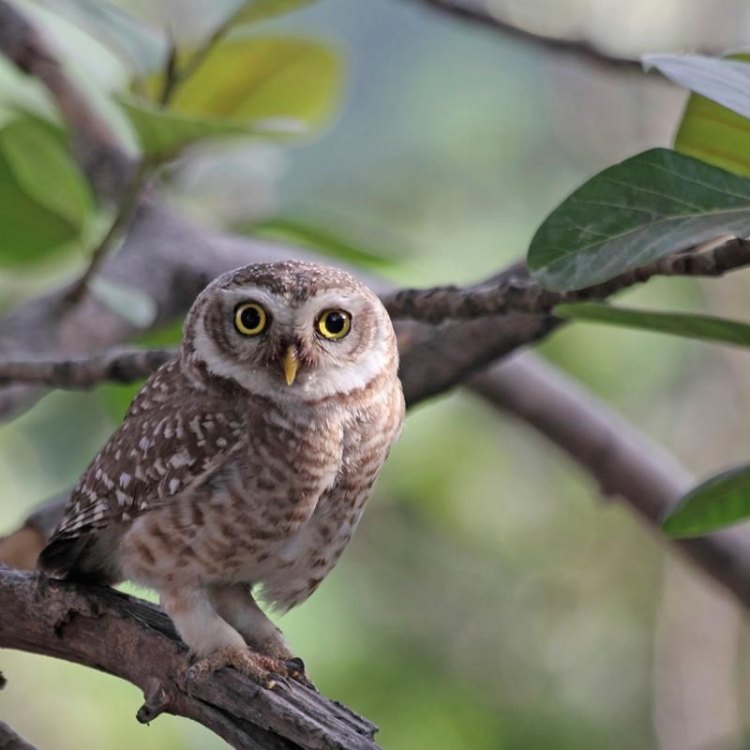
The Most Remarkable Tiny Hunter: The Elf Owl
Disclaimer: The content provided is for informational purposes only. We cannot guarantee the accuracy of the information on this page 100%. All information provided here may change without prior notice.

